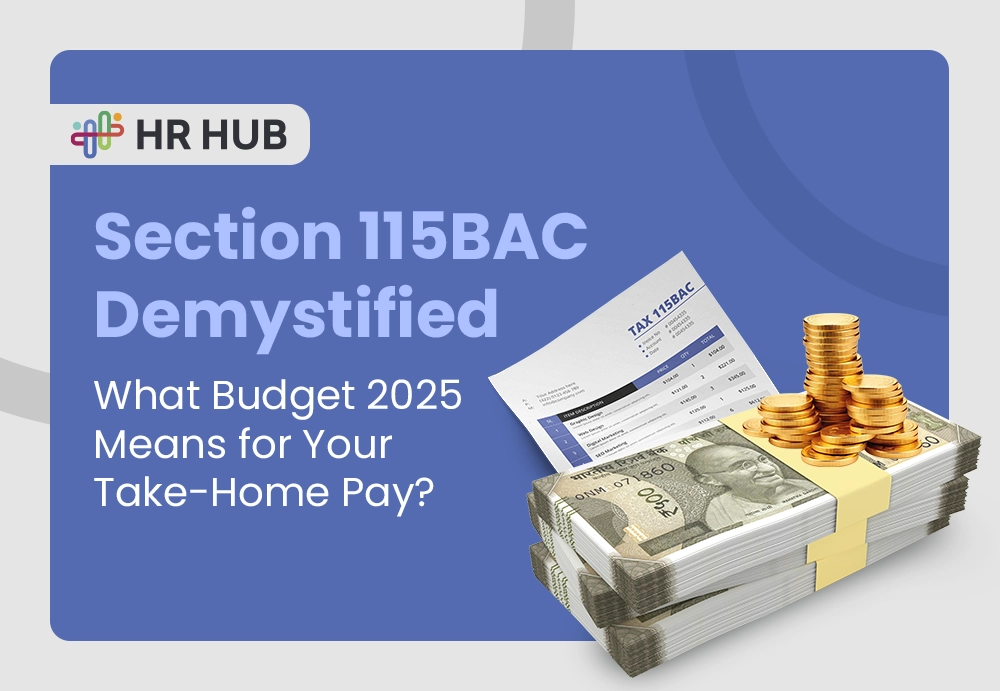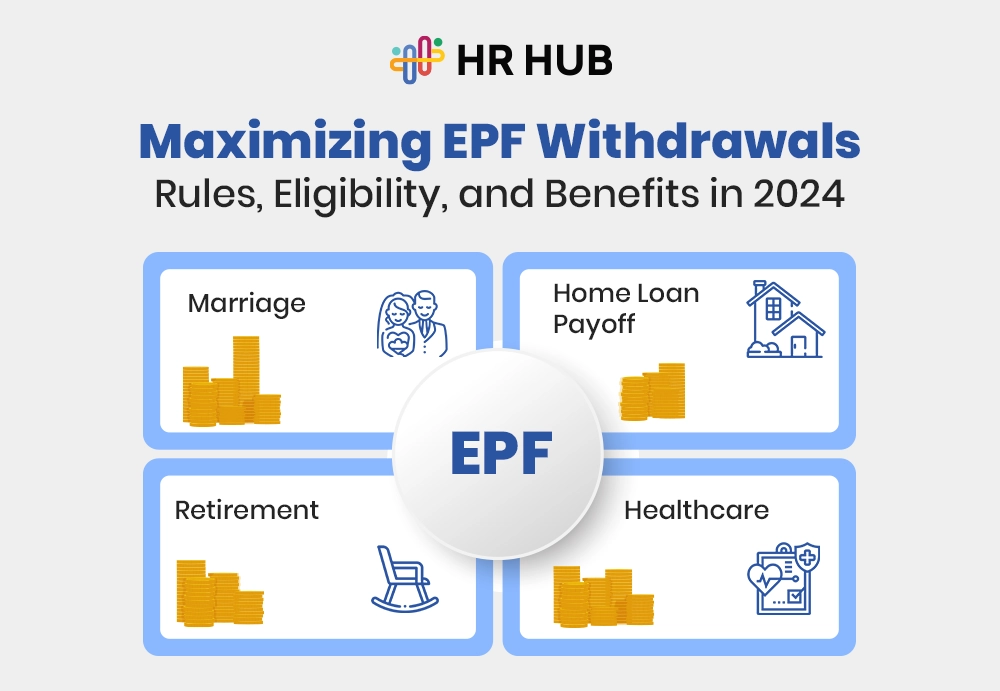In the past, HR relied heavily on intuition. When to intervene, how to engage, and even who to hire were all determined by gut instinct. But that was a long time ago.
In 2025, HR isn’t just a people function—it’s a data powerhouse. Numbers now whisper stories of employee well-being, attrition warnings, DEI progress, and engagement dips before anyone utters a word. Welcome to the era where HR analytics software isn't a tool—it’s the oracle shaping the future of work.
So, what's coming next? What’s changing? And why should HR leaders care now more than ever?
Let's examine the trends that will shape the upcoming phase of HR development.
Goodbye Gut Feelings, Hello Predictive Precision
If you’re still looking in the rearview mirror—stop. HR in 2025 isn’t about what has happened. It’s about what will happen.
This year, the spotlight shines on predictive and prescriptive analytics. Imagine a system that doesn’t just tell you last month’s attrition rate, but alerts you who might leave next, and what you can do about it.
That’s what today’s AI-powered HR analytics software is doing: helping HR think five steps ahead. It's like chess—only instead of checkmates, you’re solving retention, performance, and engagement issues before they arise.
No more guesswork. Just data-driven confidence.

Trend 1: Skills Intelligence Becomes the Foundation of Workforce Strategy
Companies are shifting away from managing employees by job titles to managing them by their skills. Skills intelligence means knowing:
- What skills do your team members already possess?
- What skills are missing across teams?
- And how to close those gaps quickly.
Why it matters:
The quickly changing nature of automation and artificial intelligence means that traditional job titles like "Marketing Executive" or "Operations Manager" are no longer appropriate. It's possible that a team is missing essential skills that they aren't even aware they require, or that a person has untapped abilities.
What it enables:
- Reskilling and upskilling employees instead of replacing them,
- Transferring individuals to new positions based on areas of skill overlap,
- Building more agile teams that adapt faster to change.
Example:
A company exploring AI tools can utilize skills analytics to identify employees who already possess knowledge of data tools such as Excel, SQL, or Python. These people can be trained for AI support roles, saving time and reducing hiring costs.
Trend 2: GenAI Co-Pilots Help HR Make Smarter, Faster Decisions
Imagine having a digital assistant that not only reads your HR data but also:
- Understands it,
- Summarizes it in plain English,
- Suggests what to do next.
That’s what Generative AI (GenAI) co-pilots do.
Why it matters:
HR managers often get overwhelmed with data, survey results, performance scores, and exit interviews. GenAI simplifies this process by transforming raw data into actionable recommendations in seconds.
What it enables:
- Creating offer letters, warning memos, or learning suggestions automatically,
- Identifying flight risks and preparing personalized retention plans,
- Writing reports or policy drafts based on analytics triggers.
Example:
An HR copilot notices that engagement scores have dropped in a team, observes a sharp increase in overtime, and drafts a suggested wellness email for the manager to send. This takes action from days to minutes.
Trend 3: Ethical AI and Algorithm Audits Are Now Essential
As AI begins to make decisions (such as who gets promoted or hired), companies need to verify the fairness of those decisions.
Why it matters:
AI can unintentionally pick up biases from the data it's trained on. That means it might favor one gender, age group, or background, without anyone noticing.
In 2025, laws in many countries will require:
- Auditing algorithms regularly,
- Showing why a decision was made,
- Giving employees more transparency and control over their data.
What it enables:
- Fairer hiring, pay, and promotion decisions,
- Higher employee trust in HR systems,
- Protection against legal risks.
Example:
A company runs an audit and discovers that its AI hiring tool has been rejecting female applicants at a higher rate for sales roles. By correcting this, they ensure fairness and compliance.
Trend 4: Sentiment and Emotion Analytics Add Empathy to Metrics
HR isn’t just tracking numbers anymore—it’s starting to understand feelings.
With AI tools that read text, tone, and even video, companies can measure:
- How employees are feeling (even if they don’t say it outright),
- Emotional trends in teams,
- Early signs of burnout, stress, or dissatisfaction.
Why it matters:
Sometimes employees give “okay” scores in surveys but still feel unhappy. Emotion analytics reveals hidden patterns that help HR respond before it’s too late.
What it enables:
- Healthier team dynamics,
- Better leadership support,
- Early wellness interventions.
Example:
Video meetings are analyzed and show increasing frustration in one department. HR steps in and finds out that a new process rollout is confusing, so they launch a training session to address the issue.
Trend 5: “What-If” Workforce Simulations Become Standard
Instead of implementing a new HR policy and hoping it works, companies are now using simulations to test ideas first.
Why it matters:
Just like a finance team runs budget scenarios, HR can now run people scenarios like:
- “What if we reduce onboarding from 30 to 20 days?”
- “What if we move to a 4-day workweek?”
- “What happens if we change manager-to-employee ratios?”
What it enables:
- Smarter decisions based on predicted outcomes,
- Lower risk and faster buy-in from leadership,
- Data-backed proposals instead of trial-and-error.
Example:
Before rolling out a new parental leave policy, HR simulates its effect on retention, hiring timelines, and team productivity. They discovered it helps reduce new parent attrition by 40%.
Trend 6: Internal Talent Marketplaces Are Fueled by Analytics
Instead of always hiring new people for every task, companies are building internal gig platforms to match employees to short-term projects or roles.
Why it matters:
This boosts internal mobility, allowing employees to explore, grow, and stay with the company for longer periods.
What it enables:
- Reducing hiring costs,
- Increasing employee engagement,
- Tapping into underused skills.
Example:
A marketing analyst wants to explore employer branding. A short-term branding project is posted internally, and she applies, expanding her skills and saving the company the cost of hiring a freelancer.
Analytics ensures the right matches, tracks success rates, and predicts upcoming skill needs.
Trend 7: DEI Analytics Goes Beyond Numbers to Real Inclusion
Businesses have been monitoring ethnic and gender diversity. However, in 2025, they are posing more profound queries such as:
- Do promotions occur on an equal basis?
- Do LGBTQ+ or neurodiverse employees feel safe and supported?
- Is everyone included in decision-making and mentorship?
Why it matters:
Low trust and high turnover are the results of superficial diversity and a lack of inclusion. Invisible patterns can be found with the aid of advanced analytics.
What it enables:
- Inclusive leadership,
- Stronger engagement across diverse groups,
- Better alignment with company values.
Example:
Employees with disabilities are performing worse on psychological safety surveys, according to data. In response, HR updates accessibility tools and redesigns team check-ins.
Trend 8: Every Employee Gets Access to Their Own Analytics
Employees aren’t just subjects of analytics anymore—they’re users of it.
In 2025, employees can log into their dashboards to see:
- How they’ve progressed over time,
- Feedback and performance trends,
- What training should they do next?
- What goals are still pending?
Why it matters:
When employees can see their data, they feel more in control of their careers. It builds motivation, clarity, and accountability.
What it enables:
- Transparent career growth,
- Personalized development plans,
- Reduced dependence on HR for updates.
Example:
An employee preparing for a promotion reviews their dashboard, sees that they lack leadership training hours, and enrolls in a course, without needing HR intervention.
Trend 9: One Connected View of the Entire Employee Journey
HR data used to be scattered across multiple systems:
- Resumes in one tool,
- Training in another,
- Feedback forms are in someone’s inbox.
Now, modern platforms unify all this data into a single timeline for each employee.
Why it matters:
With connected data, HR can see patterns they never saw before. For example:
- Does strong onboarding improve 1-year retention?
- Which training programs lead to better performance?
- What’s the link between engagement surveys and exits?
What it enables:
- Better hiring,
- Stronger retention strategies,
- More effective development programs.
Example:
An employee who had poor onboarding also had low performance scores and resigned in 6 months. HR enhances onboarding as a result of the analytics tool's ability to make connections.

Looking Ahead: What the Future Holds for HR Data Analytics
We’re entering a phase where data is no longer passive. It’s active, predictive, and deeply personal.
Here’s what we’ll see beyond 2025:
- AI-driven HR coaching: Software that suggests strategies in real time during interviews, appraisals, or conflict resolution.
- Hyper-personalized nudges: Employees receive reminders like “You’re eligible for leadership training” or “Time to update your goals.”
- Workforce simulations: Run “what-if” scenarios to test the impact of policy changes before implementing them.
- Hiring analytics maturity: From just tracking the source of hire to predicting candidate success and tenure.
The HR function is shifting from support to strategy, and data is the language of that shift.
Navigating This Shift with HR HUB
For organizations ready to embrace this evolution, HR HUB offers more than just an HRMS—it offers a future-ready, analytics-driven experience.
Built with robust HR analytics software capabilities, HR HUB lets you:
- Access dynamic dashboards for performance, engagement, and retention.
- Leverage predictive analytics to make smarter people decisions.
- Empower employees with self-service analytics.
- Ensure data security, compliance, and ethical reporting at every step.
Whether you're just starting your analytics journey or ready to scale it, HR HUB is the compass pointing toward a smarter HR future.






